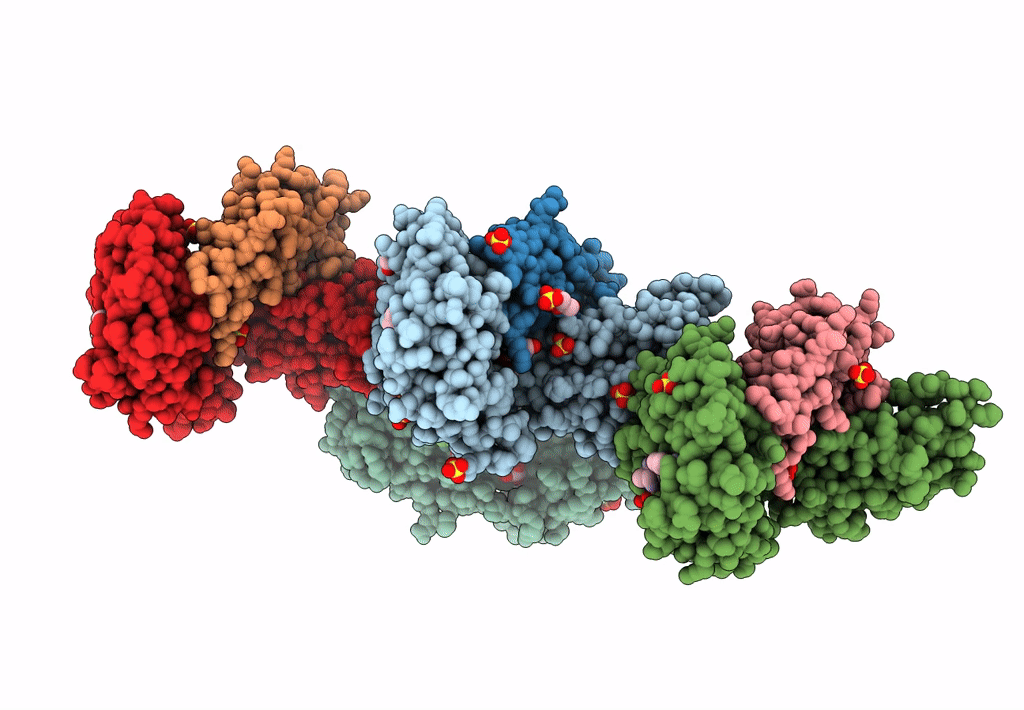
Deposition Date
2021-07-10
Release Date
2022-06-22
Last Version Date
2024-10-16
Entry Detail
Biological Source:
Source Organism:
Homo sapiens (Taxon ID: 9606)
Mycobacterium tuberculosis (strain ATCC 25618 / H37Rv) (Taxon ID: 83332)
Mycobacterium tuberculosis (strain ATCC 25618 / H37Rv) (Taxon ID: 83332)
Host Organism:
Method Details:
Experimental Method:
Resolution:
2.05 Å
R-Value Free:
0.27
R-Value Work:
0.23
R-Value Observed:
0.23
Space Group:
C 1 2 1


